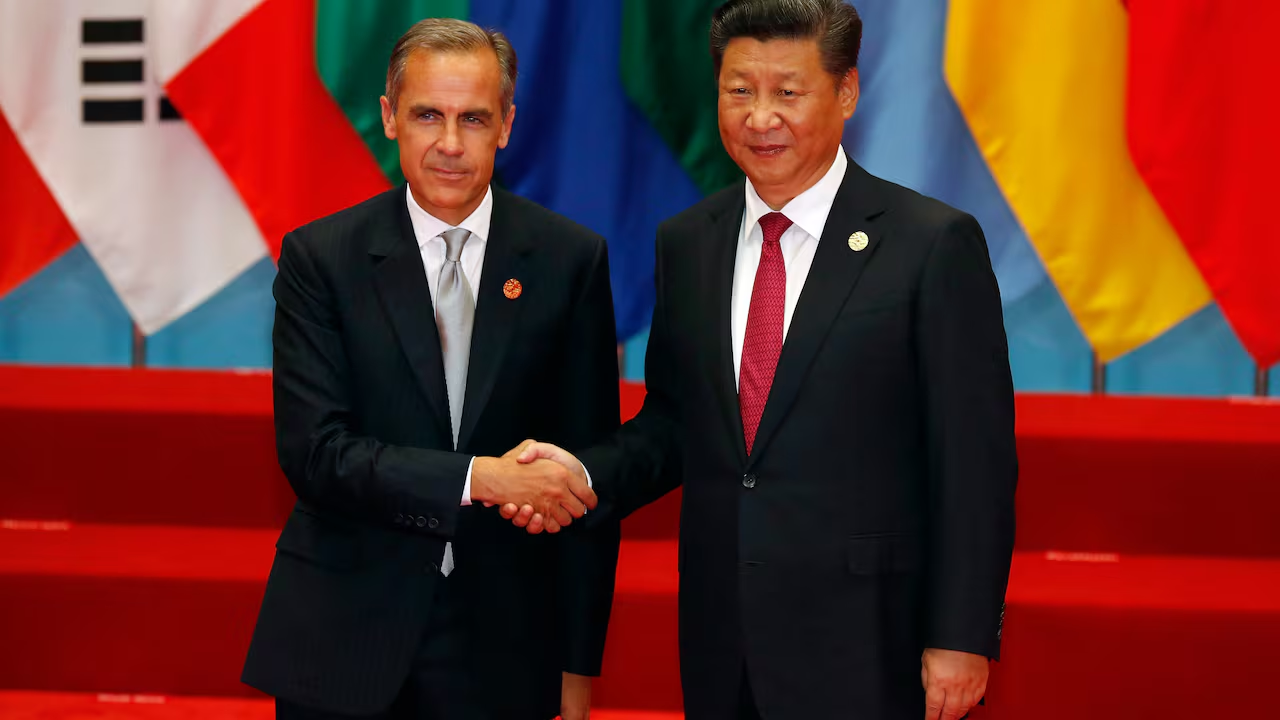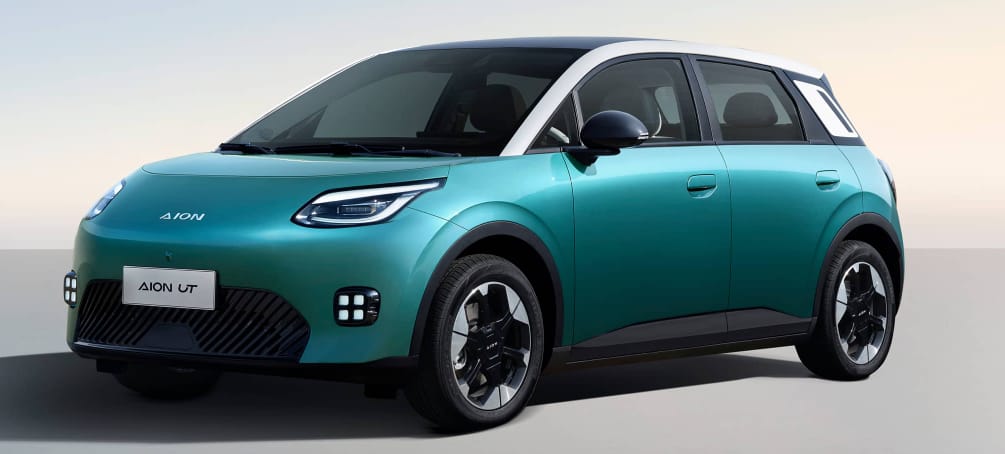Canada’s Trade Shock: Lifting Tariffs on Chinese EVs — What This Means for the Canadian Car Industry

In a stunning shift across the global trade and automotive world, rumors are flying: Canada will soon lift its steep tariffs on Chinese electric vehicles (EVs). This major development, likely to emerge at the upcoming Asia-Pacific Economic Cooperation (APEC) summit in South Korea, could dramatically shake up the Canadian market and reshape the international EV industry.
Reports suggest that the imminent removal of Canada’s 100% EV tariffs links directly to ongoing discussions between Prime Minister Mark Carney and President Xi Jinping. Insiders claim Canada will drop the EV tariffs in exchange for China lifting its restrictions on Canadian exports like canola and pork. This reflects Canada’s push to stabilize economic relations and strike a more balanced trade position, especially as its relationship with the U.S. faces new complications.
The timing is crucial. Canadian demand for EVs soars, yet high prices and limited supply constrain the market. By eliminating the tariffs, Canada instantly opens the door to more affordable vehicles from Chinese automakers like BYD, NIO, and Xpeng, who dominate the global low-cost EV sector. Consumers win big: they gain access to a wider variety of high-tech cars at lower prices, accelerating the national shift to electric mobility.
In the short term, Tesla benefits immediately. The company can resume importing its more affordable, Shanghai-made Model Y and Model 3 variants to Canada, satisfying unmet demand.
However, challenges loom. The influx of cheap, high-quality Chinese EVs will pressure domestic Canadian manufacturers, forcing them to innovate quickly or lose market share. The move also signals a delicate geopolitical balancing act, as Canada leverages its trade ties with China while navigating its complex relationship with the U.S.
As the APEC summit nears, the outcome of these talks will define Canada’s automotive future. Canada’s embrace of affordable EVs could cement its leadership in the global green transition, even as it forces a major reckoning for the Canadian auto sector.





